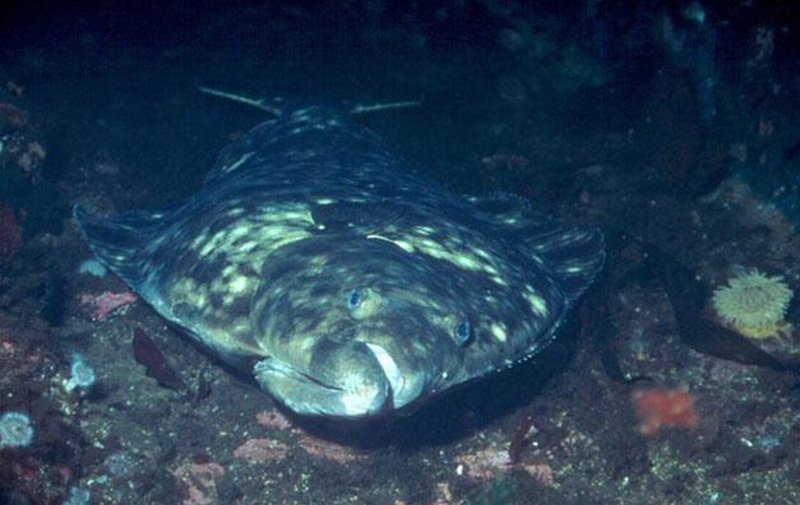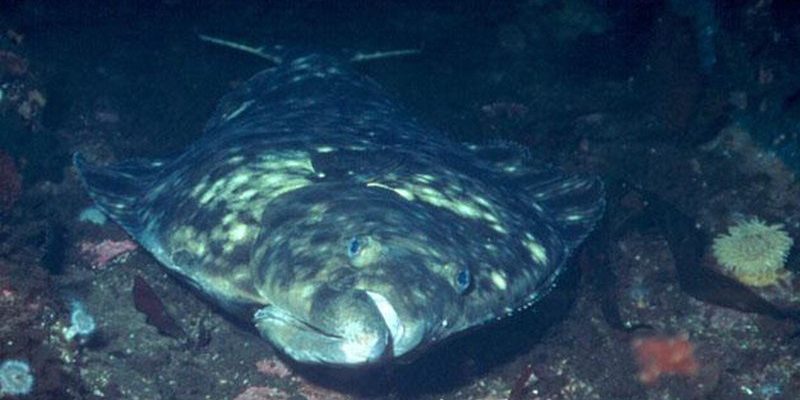
Halibut is a type of flatfish that primarily resides in colder waters. Just like how some of us prefer the cozy warmth of a fireplace in winter, halibuts thrive in certain environments. They often inhabit the deep, chilly waters of the North Pacific, and can also be found in some other surprising places. So, let’s explore the interesting locations where halibuts call home—starting with our oceans and diving into their habitats, shall we?
The Oceans: Halibut’s Favorite Playground
When we talk about where halibuts are found, the first place that comes to mind is the ocean. These fish are most commonly found in the North Atlantic and North Pacific Oceans. In these vast waters, halibuts prefer the cooler temperatures, often found at depths ranging from 300 to 3,000 feet. This is where they like to hunt for food, including smaller fish and invertebrates.
You might be wondering what makes these deep waters so appealing to halibuts. Well, cold water is rich in nutrients, and that means there’s plenty of food for them to munch on! They tend to hang out near the sea floor, where they can camouflage themselves against predators and ambush unsuspecting prey. It’s like setting up a perfect hiding spot for a game of hide-and-seek!
Additionally, halibuts often gather in specific areas called spawning grounds. During mating season, they migrate to shallower waters to lay their eggs. This is a fantastic time for fishermen, as it’s easier to catch them when they’re closer to the surface. These spawning regions can be found along the coastlines of Alaska and British Columbia, making them hotspots for both halibuts and anglers alike.
Coastal Areas: The Shallow Waters
While halibuts love the deep ocean, they also inhabit coastal areas. In these shallower regions, you can find them near sandy or muddy bottoms where they can easily blend in. They enjoy the mild temperatures of estuaries and inlets, where fresh and saltwater mix. It’s kind of like finding the perfect chill spot at the beach!
Coastal waters are especially prominent during the spring and summer months when halibuts move in search of food. Here, they’re not only hunting but also spawning, making these areas bustling with activity. For instance, in places like the Bering Sea or along the coast of California, you can spot halibuts hanging out near rocky formations and kelp forests. These habitats provide shelter and hunting grounds, making it an ideal environment for halibuts to thrive.
You might find it interesting that the halibut is known to be a migratory fish. They travel between coastal areas and the deep ocean, depending on the season and food availability. This adaptability is a significant factor in their success as a species.
Rivers: A Surprising Habitat
You may not expect to find halibuts in rivers, but they do have a unique connection to certain freshwater systems. Some adult halibuts can be found in river mouths or areas where rivers meet the sea. These spots, where salt and fresh water mix, are crucial for their life cycle. It’s like a buffet for them, as they take advantage of the nutrient-rich waters that flow into the ocean!
In places like the Columbia River or Yukon River, halibuts can occasionally be seen making a short journey inland. As they venture into these freshwater environments, they often follow the river currents to reach spawning grounds or find food. This adaptability showcases their remarkable ability to thrive in various habitats.
However, it’s important to note that while halibuts may enter rivers, they don’t typically live there permanently. Instead, they use these areas mainly for feeding or reproduction. So, if you’re fishing in these rivers, keep an eye out—you might just hook a halibut making a pit stop!
The Role of Temperature in Halibut Distribution
Temperature plays a critical role in determining where halibuts can be found. These fish prefer cooler waters ranging from 32°F to 60°F (0°C to 16°C). As the water temperature rises during summer, halibuts tend to move to deeper, cooler spots. It’s like seeking out a shady tree on a hot day!
Scientists have observed that halibuts are sensitive to temperature changes. If conditions get too warm, they may migrate to different areas in search of their preferred habitat. This behavior is significant because it can impact their availability for fishing seasons. Fishermen often check water temperatures to plan their trips, ensuring they know where to find these sought-after fish.
In the face of global warming, halibut habitats may shift, affecting populations. Understanding these temperature preferences helps us better manage halibut fisheries and ensure their survival for future generations.
Halibut Habitats: Ecosystem and Biodiversity
Halibuts aren’t just wandering around in isolation; they’re part of a larger ecosystem. Their habitats are often teeming with life. In the ocean, they share their space with a variety of species, such as other fish, crustaceans, and even birds that dive for food. It’s a vibrant community out there!
The mix of habitats—deep ocean, coastal areas, and even river mouths—creates a rich environment for halibuts. Each habitat offers different food and protection, contributing to the overall biodiversity of the region. Healthy habitats are essential not just for halibuts but for many marine species, making the conservation of these areas critical.
As apex predators, halibuts also play a vital role in maintaining the balance of their ecosystems. By regulating the populations of their prey, they help keep the marine environment healthy. When halibuts thrive, the entire ecosystem benefits!
So, where are halibuts found? From the depths of the ocean to coastal areas and the mouths of rivers, these fascinating fish have adapted to a variety of habitats. Understanding their environments helps us appreciate their role in the ecosystem and the importance of protecting their habitats.
The next time you enjoy a beautiful halibut dish, you can think about its journey from the cold, nutrient-rich waters to your plate. By gaining insight into the places halibuts call home, you’re now armed with knowledge that makes every bite a little more special. Whether you’re a fishing enthusiast or simply someone who loves exploring the wonders of the ocean, there’s always something new to discover about these remarkable fish!

